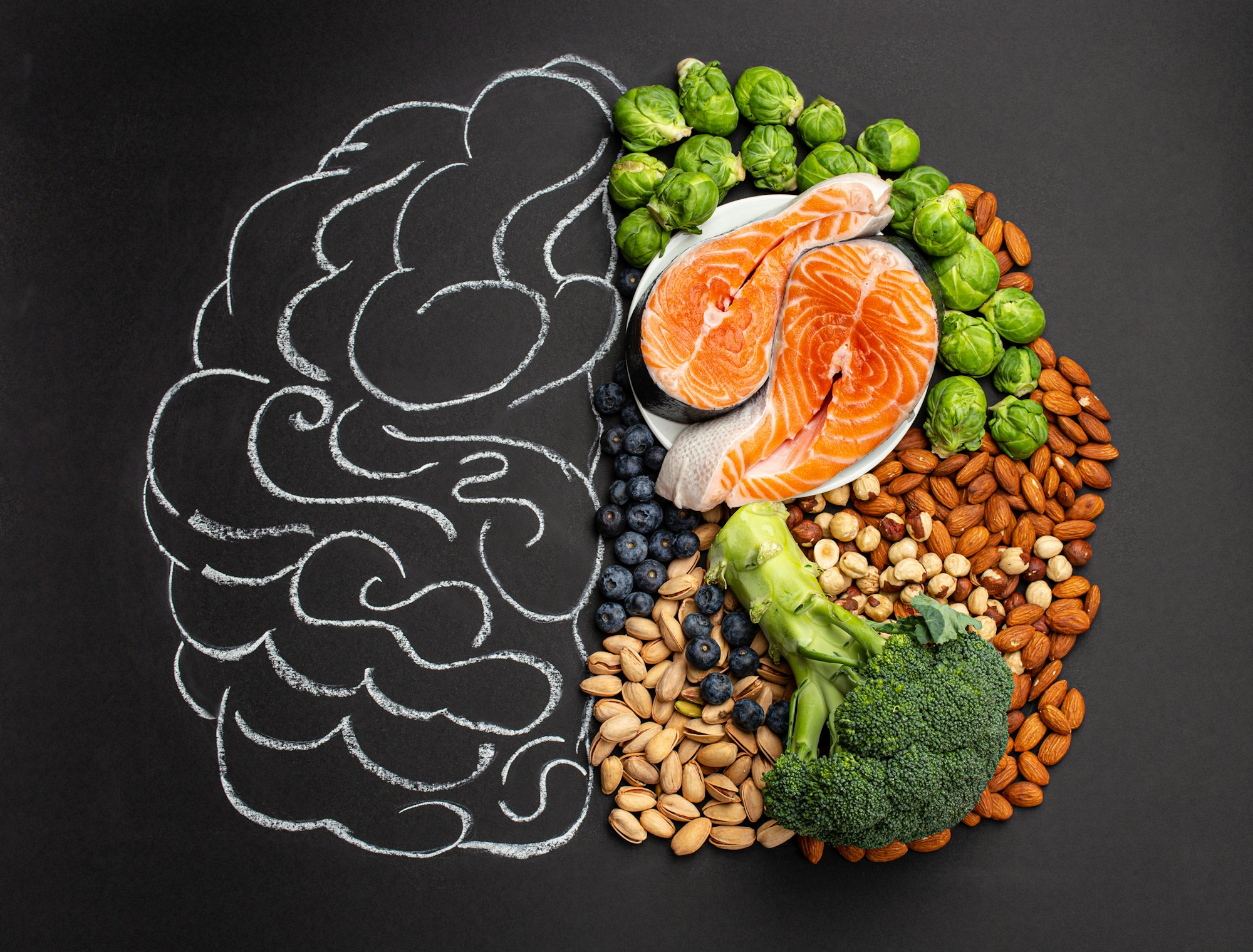In today’s fast-paced world, eating has become a mindless activity. We often rush through meals, multitask while eating, and choose convenience over nutrition. However, mindful eating can transform your relationship with food, leading to better health and greater satisfaction. Let’s dive into how you can start practicing mindful eating and reap its benefits.
1. What is Mindful Eating?
1.1 Understanding Mindful Eating
Mindful eating involves paying full attention to the experience of eating and drinking, both inside and outside the body. It’s about savoring each bite, noticing the flavors, textures, and aromas, and tuning in to how your body feels before, during, and after meals.
1.2 The Benefits of Mindful Eating
Mindful eating can help you enjoy your food more, reduce overeating, improve digestion, and foster a healthier relationship with food. It encourages you to listen to your body’s hunger and fullness cues, which can prevent emotional eating and promote weight management.
2. The Principles of Mindful Eating
2.1 Eat Slowly and Without Distractions
One of the core principles of mindful eating is to eat slowly and without distractions. This means putting away your phone, turning off the TV, and focusing solely on your meal. Eating slowly allows you to savor each bite and recognize when you’re full.
2.2 Listen to Your Body
Your body knows what it needs. By paying attention to your hunger and fullness signals, you can eat in response to your body’s needs rather than external cues or emotions. Before you eat, ask yourself if you’re truly hungry or if you’re eating for another reason.
2.3 Appreciate Your Food
Take a moment to appreciate your food before you start eating. Notice the colors, smells, and textures. Think about where your food came from and the effort that went into growing, harvesting, and preparing it. This can foster gratitude and a deeper connection to your meals.
3. Practical Steps to Start Mindful Eating
3.1 Create a Calm Eating Environment
A peaceful environment can enhance the experience of mindful eating. Try to eat in a calm, quiet place without distractions. This can help you focus on your meal and enjoy it more fully.
3.2 Chew Thoroughly
Chewing your food thoroughly is a simple but effective mindful eating practice. It slows down your eating pace and allows you to savor each bite. Aim to chew each bite around 20-30 times before swallowing.
3.3 Take Regular Pauses
During your meal, take regular pauses to check in with your body. Put down your fork between bites and take a moment to assess your hunger and fullness levels. This can prevent overeating and help you recognize when you’re satisfied.
3.4 Engage Your Senses
Engaging all your senses while eating can enhance the mindfulness experience. Notice the colors, textures, and smells of your food. Pay attention to the sounds your food makes as you chew. This multisensory approach can make your meals more enjoyable and satisfying.
4. Overcoming Challenges to Mindful Eating
4.1 Addressing Emotional Eating
Emotional eating is a common challenge when practicing mindful eating. It’s important to identify the emotions that trigger your eating habits and find alternative ways to cope. Journaling, talking to a friend, or engaging in a hobby can be healthier outlets for your emotions.
4.2 Dealing with Cravings
Cravings can be tricky to navigate. Instead of ignoring them, acknowledge your cravings and try to understand their source. Are you craving a particular texture or flavor? Sometimes, a healthy alternative can satisfy your craving without derailing your mindful eating practice.
4.3 Staying Consistent
Like any new habit, mindful eating requires consistency. Start small and gradually incorporate mindful eating practices into your routine. Remember, it’s okay to slip up. What’s important is to get back on track and continue your mindful eating journey.
5. Mindful Eating as a Lifelong Practice
5.1 Integrating Mindful Eating into Daily Life
Mindful eating isn’t just about mealtimes. It can be integrated into all aspects of your life. For example, practice mindfulness while grocery shopping by choosing foods that nourish your body. When cooking, engage with the process and appreciate the effort that goes into preparing your meals.
5.2 Teaching Mindful Eating to Others
Sharing the practice of mindful eating with friends and family can enhance your commitment and help others improve their relationship with food. Host a mindful eating dinner, where everyone eats slowly, savors their food, and shares their experiences.
5.3 Celebrating Progress
Acknowledge and celebrate your progress in mindful eating. It’s a journey, and every step forward is an achievement. Reflect on how your relationship with food has changed and the benefits you’ve experienced.
Conclusion
Mindful eating is a powerful practice that can transform your relationship with food. By slowing down, paying attention to your body, and appreciating your meals, you can enjoy better health and greater satisfaction. Start small, be consistent, and enjoy the journey to a more mindful and fulfilling way of eating.
Incorporating mindful eating into your life can lead to profound changes. It’s not just about what you eat, but how you eat. So, take the first step today. Slow down, savor your food, and transform your relationship with eating. You’ll be amazed at the difference it can make.








